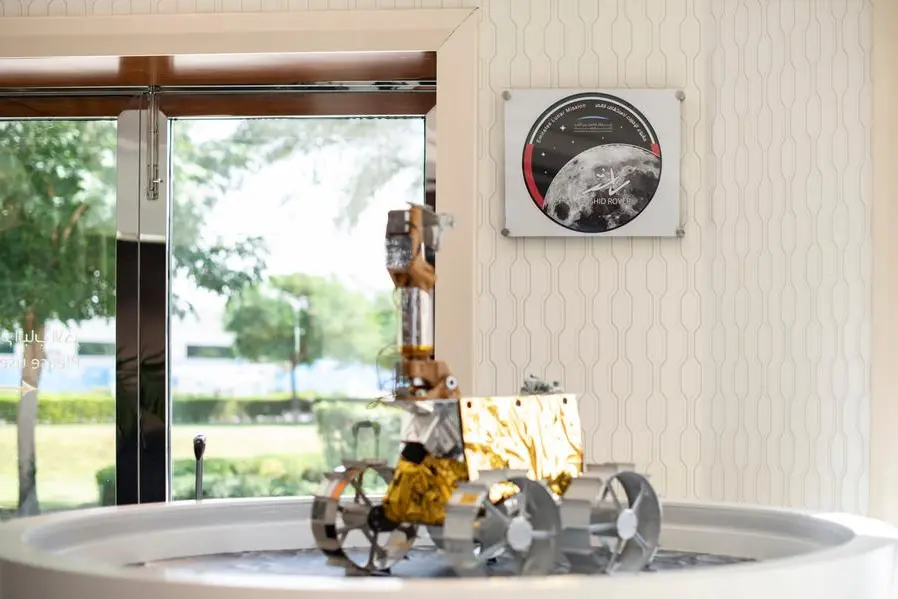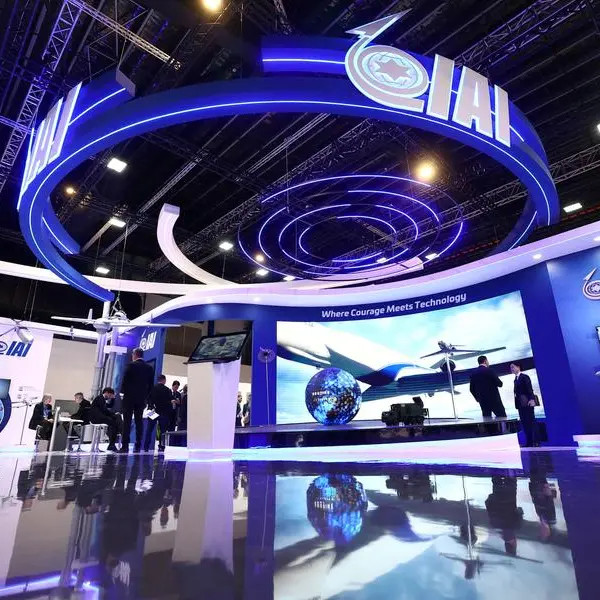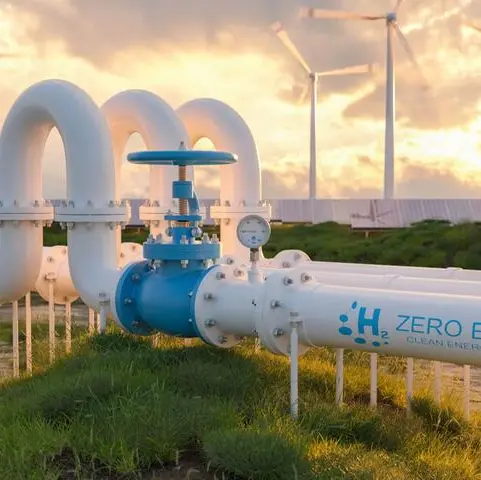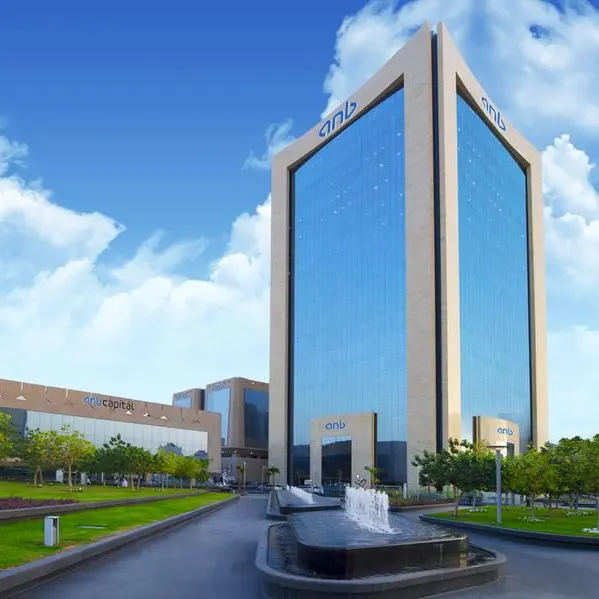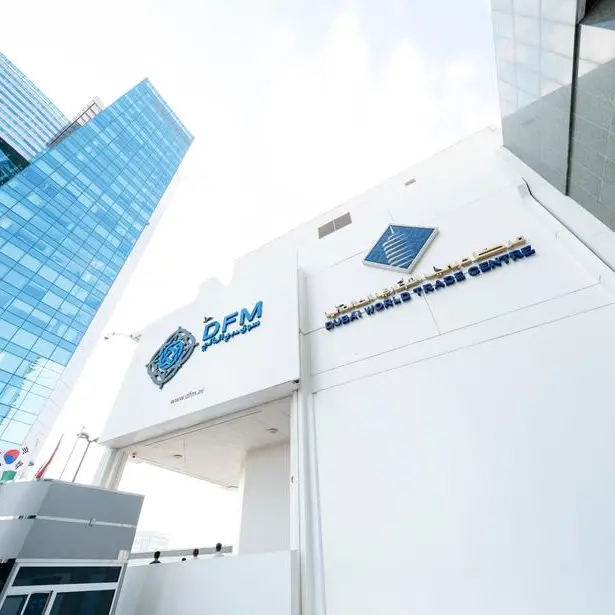PHOTO
Work on the next lunar mission has already commenced even as the UAE’s Rashid Rover is on its way to landing on the Moon’s surface on April 25.
Top officials from the Mohammed Bin Rashid Space Centre (MBRSC) revealed this on Day 3 of the 17th International Conference on Space Operations (SpaceOps 2023) in Dubai on Wednesday.
It’s no secret that Moon lander missions have low success rates, with a 40 to 50 per cent chance of the UAE’s rover successfully touching base with the Moon.
Talking about any eventuality in case things do not go as per the script, Dr Hamad AlMarzooqi, Project Manager, Emirates Lunar Mission, MBRSC saids, “We’ve been successful in launching the Rover with our partners Ispace that in itself is a success story.
"Whether we successfully land on the moon or not, well, it’s a risky business but again it’s not the end. We have already started working and planning for the next operation at MBRSC irrespective of this success. It’s not the end, if it doesn’t happen this time, it will be (considered) a trial and we will continue with the second, third and so and so forth (missions) until we succeed.”
Difficulties in landing missions have been evident in the fact that the success rate, in general, has been less than 50 per cent for such missions.
AlMarzooqi added, "One of the challenges is when you're sending something into space at very high speed, and then you want to de-accelerate and reach a relative zero kilometre per hour speed to land on the surface. For this, one needs to have accurate navigation control systems with all sensors giving correct data.
"If anything goes haywire, then we end up missing that opportunity, and it's only one shot. If anything goes wrong during that descent, then the rover will crash land. If the braking systems brake too hard, then the landing point can be missed."
The world's first successful mission to the Moon was Luna 1 by the USSR on January 4, 1959. Their first 'Moon flyby' mission apparently witnessed success only in the sixth mission.
Success rate of landing on the Moon is 40 to 50% only
Dr Sara AlMaeeni, Senior Expert, Space Robotics Lab, Mars 2117 Programme, MBRSC said, “The success rate of landing on the Moon is 40 to 50 per cent only. So, this will be a challenging moment for us. Once we land there are a lot of other impediments.
"The Moon has a harsh environment, with varying temperature changes. On the side that it (rover) faces the Sun the temperature can go up to 120° C, on the other side where there is shadow, the temperature can go down to -130° C. Having this difference in the lunar environment in itself causes a big challenge.
"Challenges, including how does one save the mechanical connectors from extreme cold temperatures? How to save our battery from being damaged? We have a challenge with the communication itself.”
She said though the ambitious nature of the mission may present challenges, but when they are weighed against the potential discoveries that can benefit the world, the efforts are infinitely worthwhile.
“The Rashid Rover has two communication subsystems with one going through the lander. We also need to guarantee that the lander is in the line of sight so that we can communicate with it and get data on Earth from the lander. In case we lose this line of sight for some reason, then we will switch to the secondary communication. But again, it’s a small rover. We need to understand will we’ll be able to send a signal all the way to about 385,000 thousand kilometres with only limited power. So, there are different challenges, considering different aspects but we are well prepared for all those challenges that may occur,” added AlMaeeni.
Copyright © 2022 Khaleej Times. All Rights Reserved. Provided by SyndiGate Media Inc. (Syndigate.info).
